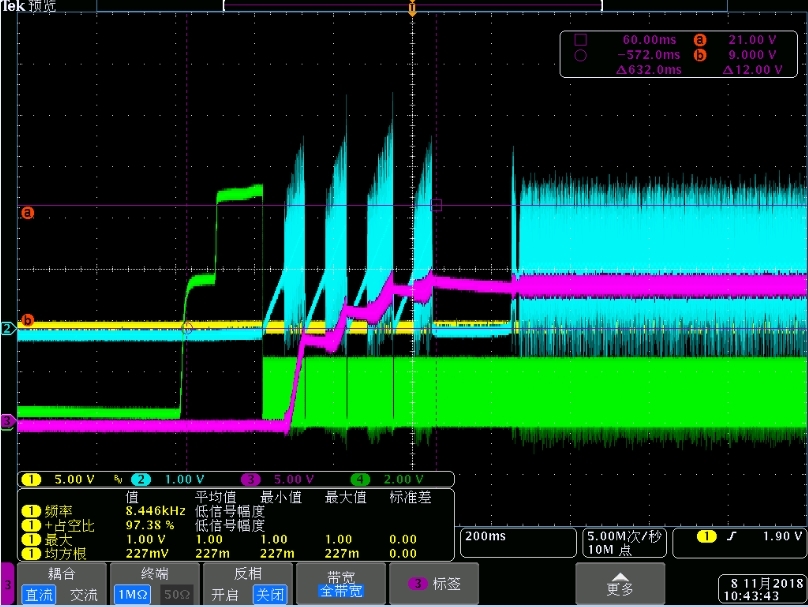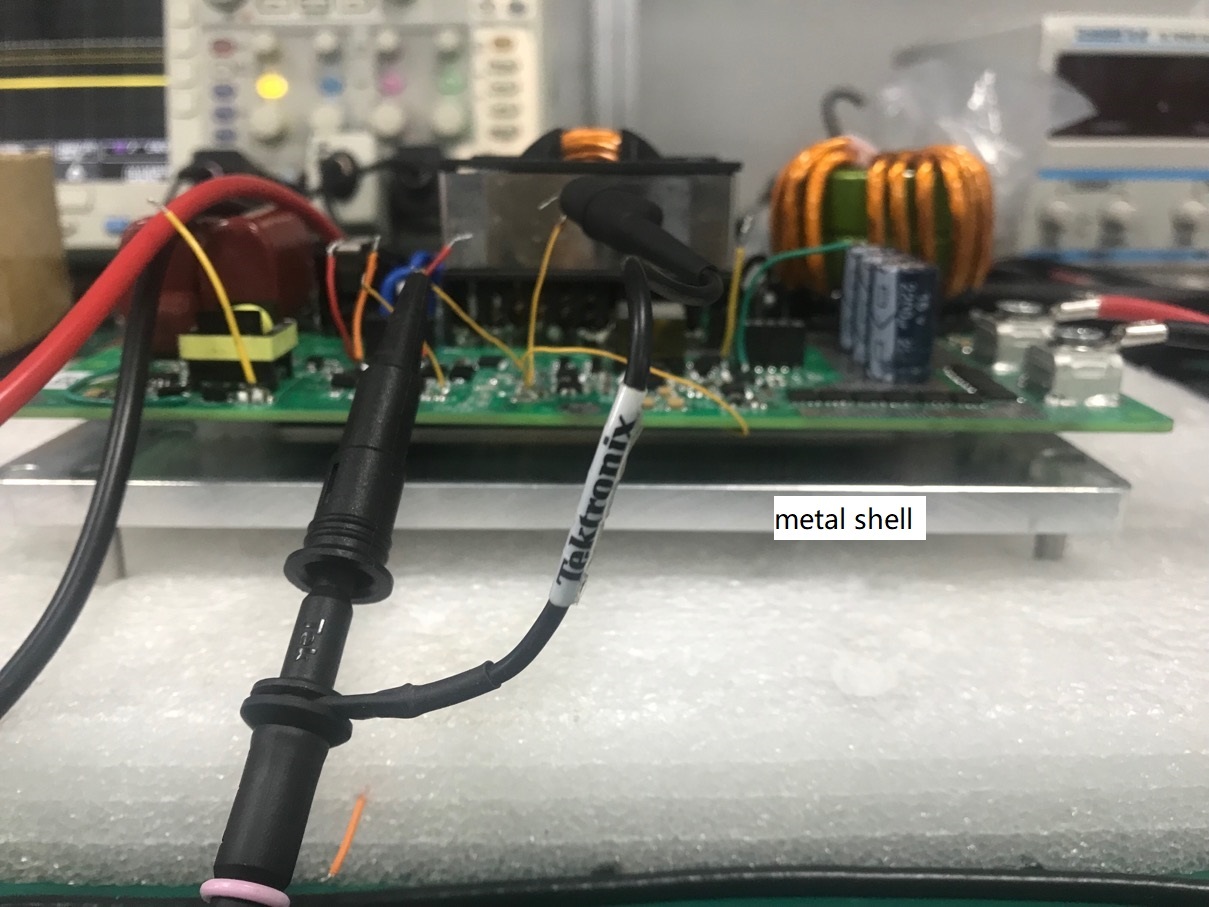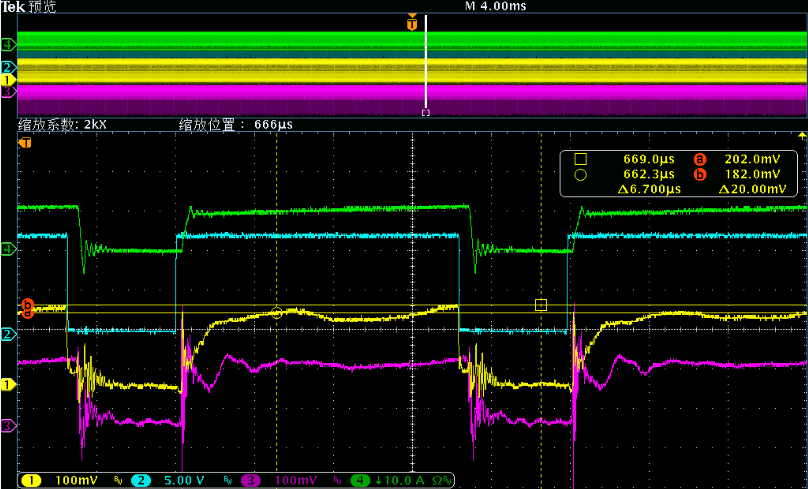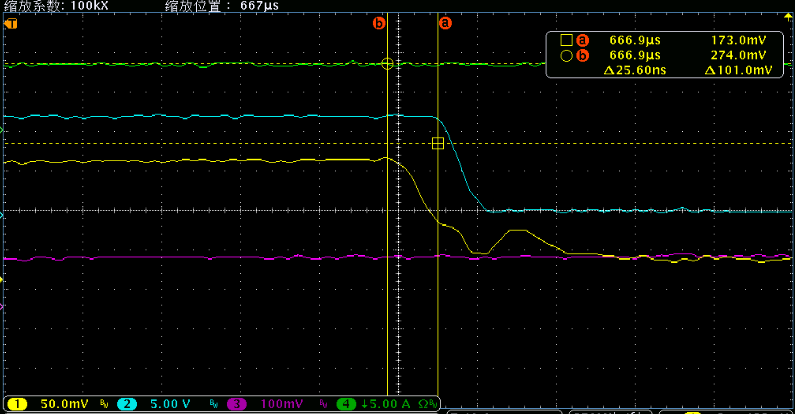Other Parts Discussed in Thread: LM5025
Hi,
my customer is using LM5025A in a DC/DC converter.
Input range: 80-200VDC. output: 14V 71.5A. switching frequency 100kHz. deadtime=300ns. Transformer ratio 12:3.
During start up, the waveform is as below:
purple- Output voltage, green- RAMP, blue- COMP.
It can be seen that the device has restart several times during the start-up.
The schematic is as below.
What may cause the restart and how to make improvement?









